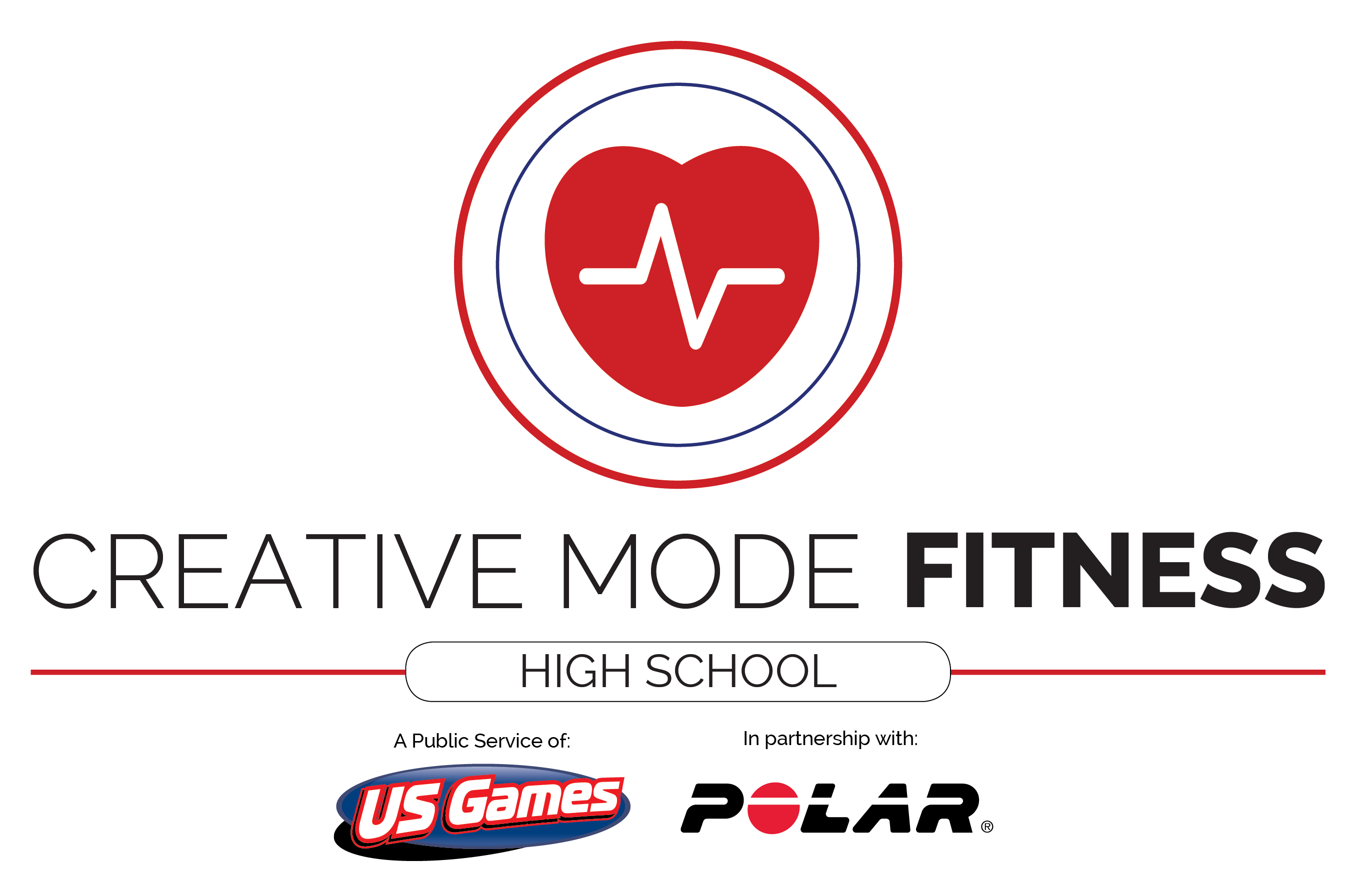

The survey covered students and their families as well as school heads of select public and private high schools in four pilot areas: the National Capital Region (NCR), Ilocos Sur for Luzon, Eastern Samar for Visayas, and Davao del Sur for Mindanao. To understand the factors that influence education investment and career planning choices of incoming and current SHS students, the Asian Development Bank and the Philippines’ Department of Education (DepEd) conducted the Youth Education Investment and Labor Market Outcomes Survey (YEILMOS) in 2017. There are two specific specializations for the maritime industry: the pre-baccalaureate maritime specialization-a modified STEM curriculum-and the TVL maritime specialization. The TVL track also has four strands and various specializations under each one: home economics information and communications technology (ICT) agri-fishery arts and industrial arts. The academic track is further divided into four strands: accountancy, business, and management (ABM) science, technology, engineering, and mathematics (STEM) humanities and social sciences (HUMSS) and general academic. SHS students undertake a standard core curriculum and can choose from four tracks of specialization: academic, technical-vocational and livelihood (TVL), sports, or arts and design. While previous curricula focused mainly on readiness for postsecondary education, the SHS curriculum aims to prepare students for either further education or employment. The implementation of the K to 12 Basic Education Program in the Philippines includes the introduction of senior high school (SHS), or grades 11 and 12, the final 2 years in a new 6-year secondary education system. Morallo III (1980), a Filipino author, cited that a module is a self-contained and independent unit of instruction with a primary focus on a few well-defined objectives.Ī handout distributed during the Workshop in the Application of Educational Technology – DECS-UNESCO referred to it as a set of learning opportunities systematically organized around a well-defined topic containing the elements of instruction that cover specific objectives, teaching-learning activities and evaluation using criterion-referenced measures.There is a need to ensure that senior high school students are able to make optimal choices by providing them access to various senior high school tracks.

Maurice Gibbons (1971) believed that individualized instruction is one of the multi-media approaches providing the development of coherent instructional programs that prepare learners for complete control of their education. The amount and the pace of their learning must match with their ability, motivation and interest, not in comparison with other learners. Sam Duker (1972) also stated that modular instructions catered to the individual learning differences so that learners are prompted to actively participate in determining what they need to learn.


 0 kommentar(er)
0 kommentar(er)
